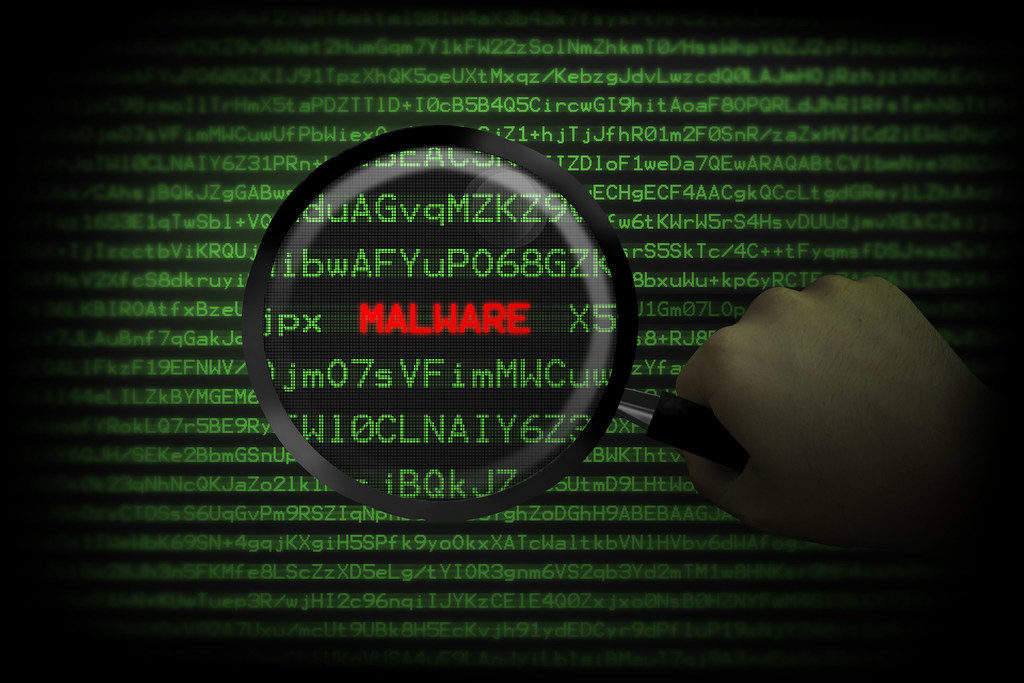With technology constantly evolving, it has become clear in recent years that cybersecurity measures will need to evolve in order to keep up with the demands of the industry. As a result of technological developments, new approaches to protecting people against cyberattacks have emerged – one of which is the ‘zero-trust’ approach.
Research suggests that 44% of enterprises are considering adopting a zero-trust security model. Maybe yours is one of them?
This blog outlines briefly what a zero-trust approach is in the context of cybersecurity, so you can make an informed decision about whether it’s a good option for your business.
What is the zero-trust approach?
It’s easy to assume that a zero-trust approach to security means an organisation doesn’t trust anything or anyone – including its employees – but this isn’t the case at all.
Traditional security models were committed to defending an organisation’s network perimeters and were developed on the assumption that everything within the network was not a viable threat.
A zero-trust security model, on the other hand, assumes there are no perimeters. With the increased popularity of the cloud, the Internet of Things, and remote working, network perimeters are now hard to locate and even harder to protect. The zero-trust approach suggests that a network’s perimeter can, in theory, be anywhere and therefore also nowhere. It is certainly a more abstract way of thinking about cybersecurity than many of us are used to, but it is also far better suited to the demands of modern technology.
Zero-trust requires every single user to be authenticated, authorised and validated before they are given access to applications, systems, and data. Its main assumption is that almost everything is external and should be considered a potential threat until proven otherwise.
How the zero-trust approach works
In practice, a zero-trust approach combines technologies such as identity protection, risk-based multi-factor authentication, regularly reviewed access permissions, elite endpoint security systems, and proper maintenance of system security. These features work together to ensure that all users are continuously monitored and authenticated prior to being given access to the network and its data.
Enforcement of a zero-trust approach requires constant vetting and monitoring, which relies on being able to see user, device, and application information in real-time. This might include:
- User identity
- Behaviour patterns of the user and device
- Endpoint hardware type and function
- Location of device
- Firmware versions
- Operating system versions
- Applications installed on endpoint
- Security alerts, including suspicious activity and cyberattack recognition
Zero-trust also requires steps to be taken to encrypt data, secure internal and external email services, and verify the device health of any assets and endpoints before they connect to the network – i.e. checking for malware or viruses.
MailCleaner can help you protect your business’ network from harmful cyberattacks, whether they come from within the network or outside it. We offer shared and virtual cloud-based anti-spam solutions that can secure your internal and external communications and protect your business from phishing attacks, malware and viruses. If you’d like some help keeping your organisation’s network secure, get in touch today.
